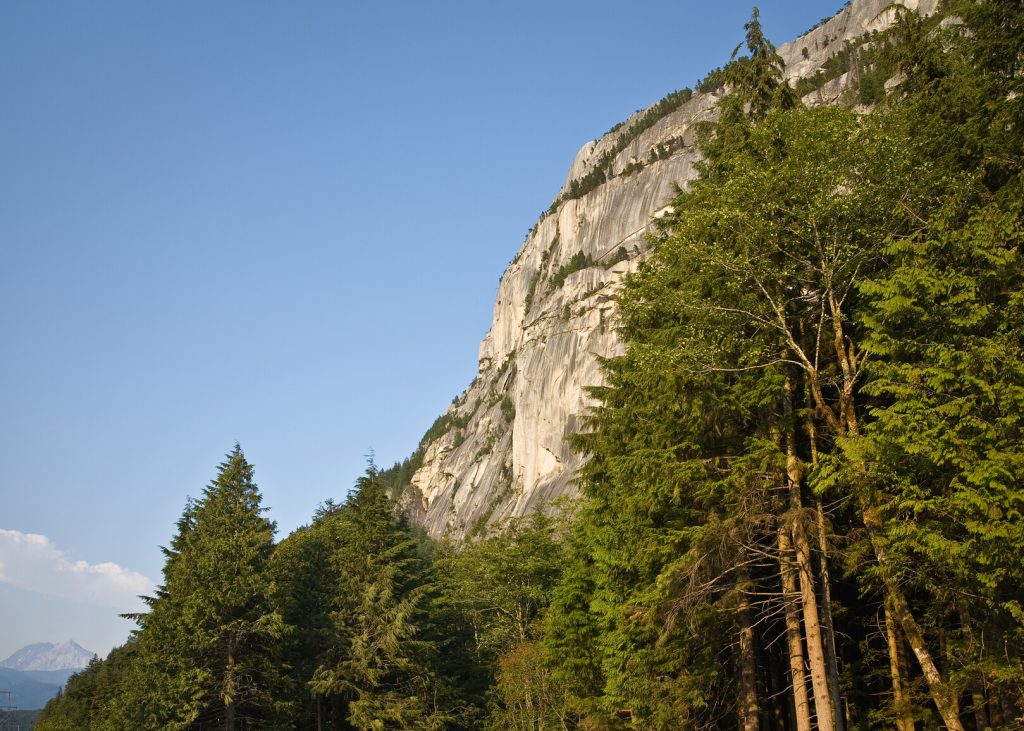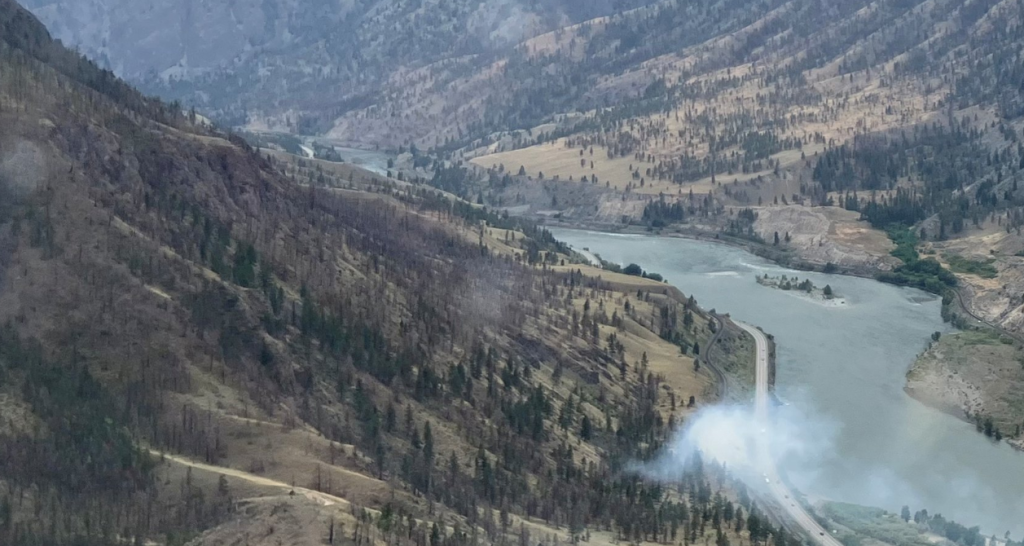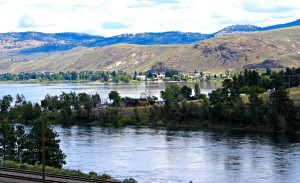Canadian biodiversity facing multiple threats, few protections, says World Wildlife Fund
Posted September 2, 2020 7:41 am.
Last Updated September 2, 2020 7:52 am.
VANCOUVER (NEWS 1130) — Coast to coast to coast, Canada’s fish and wildlife are facing cumulative destructive threats and seeing major loss in population numbers.
The latest data and research is provided by the World Wildlife Fund in its 2020 Living Planet Index, which details the decline of species in Canada between 1970 and 2016.
“We’re also seeing our world transformed by the catastrophic consequences of the COVID-19 pandemic, which at its roots has deep connections to the degradation of habitat and increased risk of transference of zoonotic diseases that pass from wildlife to humans,” says James Snyder, vice president of science, knowledge and innovation for WWF Canada.
“Biodiversity is important for the health and resiliency of ecosystems and the critical planetary services they provide. The loss of a single, keystone species — one that has a disproportionately large effect on the natural environment — can have detrimental effects throughout the ecosystem.
Canadian wildlife is in decline and facing several co-morbid threats related to human activity details a new @WWFCanada report: researchers say the government is unlikely to protect species that benefit them commercially such as salmon and northern mammals
— Ash Kelly she/her (settler) (@AshDKelly) September 2, 2020
In Canada the leatherback turtle, Vancouver Island Marmot and beloved humpback whales are all facing serious and cumulative threats. The Arctic Walrus, burrowing owl are also threatened.”
Researchers looked at species that have been examined by the Committee on the Status of Endangered Wildlife in Canada (COSEWIC) as well as the International Union for Conservation of Nature.
Data shows species of global conservation concern — assessed as threatened on the IUCN Red List — have declined in Canada by 42 per cent on average, since 1970.
Populations of Canadian species assessed as at risk nationally by the Committee on the Status of Endangered Wildlife in Canada (COSEWIC) have declined by 59 per cent, on average in the same time period, according to the number crunching.
The report details how many species that have been assessed as at risk by COSEWIC “particularly those that are harvested for commercial or subsistence value” are often denied the legal protections granted under the Species at Risk Act because government agencies refuse to list them.
“The irony is that the greatest threat to Canadian wildlife — direct or indirect harvest — is also frequently the rationale for not affording legal protections to ensure the long-term persistence of species. This bias in the SARA listing process has not improved over time,” says the report.
Cumulative impacts need holistic solutions
The report details 11 threats impacting wildlife. On average each Canadian species faces five major threats to its existence, with reptiles and amphibians facing an average of seven.
Threats are cumulative and can cause cascading impacts on populations. The most common threat facing Canadian wildlife is overexploitation, including overfishing and overhunting as well as harmful bycatch in fishing nets.
Agricultural activity, transportation, energy production and climate change are all identified by the WWF as threats.
“Past solutions have addressed one problem at a time, and we know now that this hasn’t been enough — as our new report shows, at-risk species now face multiple threats. We need new approaches to address them simultaneously,” says Megan Leslie, president and CEO of WWF Canada.
“Industrial pressures and overexploitation, for example, are threatening wildlife across our lands and waters. The climate crisis is wreaking ever more havoc, with fires and floods raging regularly across the south as the Arctic melts and the seas rise. And the resulting habitat loss and degradation are driving both species declines and land-based emissions,” she says.
Overexploitation is the most common threat facing our fish and wildlife: See full report here and hear more on @NEWS1130 this morning https://t.co/nrco1reggL pic.twitter.com/13VnmGc4yC
— Ash Kelly she/her (settler) (@AshDKelly) September 2, 2020
The report’s authors advocate for a holistic approach that incorporates Indigenous knowledge and management of resources and state focusing on any single issue by itself, such as habitat or over exploitation will not do anything to solve the loss of fish, mammals, birds, amphibians or reptiles.
“The results clearly indicate we need to be doing much more to address these threats — and we need to be doing it now,” says Snyder.
“There is an urgent need for Canada to embrace this opportunity. We have a responsibility to demonstrate global leadership. We can show the world how nature-based climate solutions — like protecting intact nature and broad-scale restoration of degraded habitats, both of which sequester carbon — can be implemented in a just and equitable way through Indigenous-led conservation. This will help us build a stronger, more resilient future for wildlife, climate and people.”
The WWF says while it’s easy to feel discouraged about the environment, post-pandemic recovery plans “can provide a rare opportunity to not just imagine the future we want to live in, but also to fund it.”
Read the full report:
WWF-FINAL-EN-1







